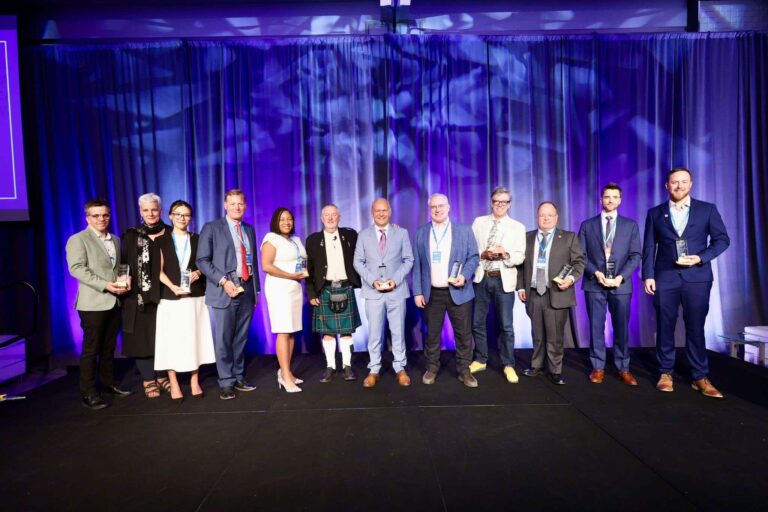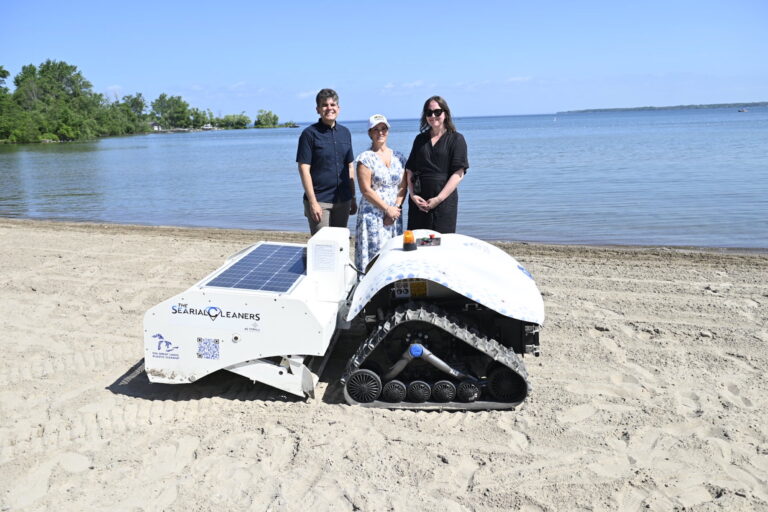Monday, June 30, 2025
Guidance on what it takes to support a claim of being a “sustainable business” is widely available but not always comprehensive or clear. A new book, The Sustainable Business Handbook: A guide to becoming more innovative, resilient and successful, seeks to fill the gap and bring the definition of sustainable business to a 2022 post-COVID audience.
Most importantly, the book highlights the linkages between the environment and the economy, between an environmentally and socially responsible business and an economically sustainable business. Three authors, one from each of Canada, the United Kingdom, and the United States, bring years of experience to a comprehensive but easy to read and valuable resource text. The Canadian is Toronto-based Chris Coulter, CEO of Globescan, a well known international insights and advisory consultancy in the brand purpose, sustainability, and trust in business space.

Companies that choose to follow a sustainability agenda are not just following regulations, though that is important, but are getting ahead of regulations and, where possible, are designing their operations in such a way that compliance is automatic. Sustainability involves engaging all stakeholders, employees, customers, supply chain, and governments in ensuring that the business continuously lives up to its commitments for social responsibility. That’s where innovation and resilience play a key role in success of the sustainable business.
Too many companies still see sustainability as a single channel, often with a single junior manager, add-on activity linked to greening of products or addressing one or two of the multitude of corporate social responsibility concerns of the universe of consumers. The Handbook makes clear that such an approach does not pass muster.
Instead the authors have developed their own clear cut sustainability framework involving: Purpose; Materiality; Business Case; Strategy; Operationalizing; Culture; Leadership; Reporting; Governance; Engagement; Communications; Partnering; and, Advocacy.
According to the Handbook businesses that follow the advice coming from this framework are much more likely to achieve a durable, and profitable, sustainability than those which do little more than put a recyclable packaging logo on otherwise unchanged consumer products.
In this context the Handbook is built on several key pillars, three of which include:
- Sustainability needs innovation at speed and at scale.
- With ingenuity and creativity, sustainability does not have to cost money. It can help a business save or even make money.
- There is no shortage of employees keen to take initiative and find solutions that are good for society and the planet and for business. It is not a zero-sum game. Done well, it is win-win.
For the three authors the innovative top line framework is only a start. Each chapter of the framework is organized in the same manner:
What is it?
Why it matters?
How to do it?
In practice?
Summary
Action checklist
Further resources
Within each heading every chapter is written in an easy to read style with short paragraphs, plain language, and lots of easy to follow check lists. This is certainly a book for the busy CEO and should also be required reading for every sustainability manager in every kind of business.
The Sustainable Business Handbook. David Grayson, Chris Coulter and Mark Lee. 2022. Published by Kogan Page in Great Britain and the United States. Available from booksellers and from the publisher via a link from Globescan.
![]()
Colin Isaacs is a chemist with practical experience in administration, a municipal council, the Ontario Legislature, a major environmental group, and, for the past three decades, as an adviser to business and government. He is one of the pioneers in promoting the concept of sustainable development for business in Canada and has written extensively on the topic in the popular press and for environment and business platforms.
Featured image credit: Shutterstock.











